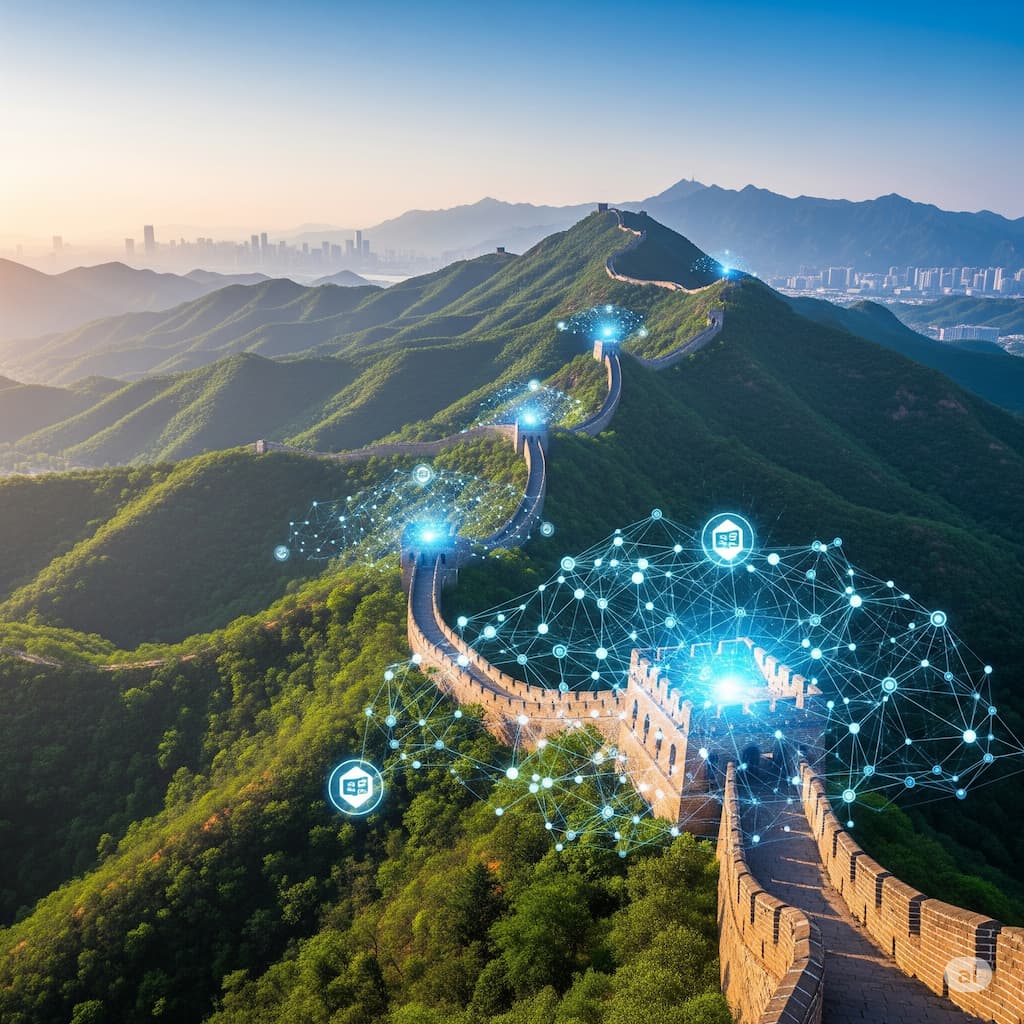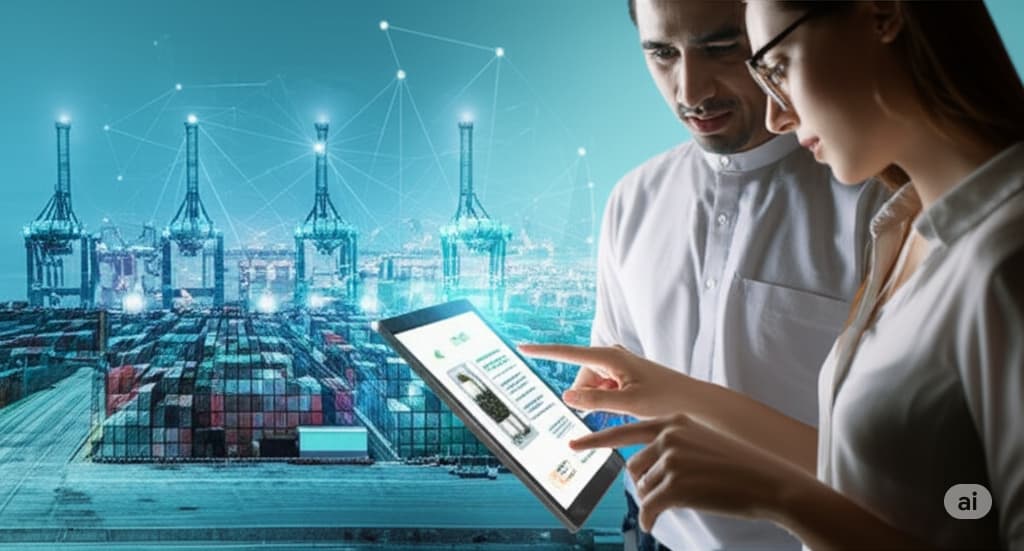- Introduction: Why Supply Chain Transparency Matters More Than Ever
- What Is Supply Chain Transparency?
- Why is it important?
- How Blockchain Enhances Supply Chain Transparency
- Here’s how blockchain improves supply chains:
- China’s Bold Blockchain Strategy
- Supply Chain Transparency: The Global Relevance
- Key Trends in AI and Blockchain for Supply Chain Transparency
- What Can the Rest of the World Learn?
- Challenges Still Ahead
- Practical Takeaways for Businesses and Individuals
- Final Thoughts: A More Transparent Future Is Possible
- References
Introduction: Why Supply Chain Transparency Matters More Than Ever
Imagine ordering organic honey from an online store. You trust that it came from ethical sources and is free from harmful chemicals. But how can you really know? That’s where Supply Chain Transparency comes in. It’s the ability to track and verify every step in the journey of a product—from its origin to your doorstep.
And today, with complex global logistics and rising consumer demand for accountability, transparency isn’t just nice to have—it’s a necessity.
One of the most promising tools helping us get there? Blockchain technology. And when it comes to blockchain-led innovations in supply chain management, China is leading the way.
In this blog, we’ll explore how China is unlocking the power of blockchain for transparent, trustworthy supply chains—and what lessons the world can learn from it.
What Is Supply Chain Transparency?
Supply Chain Transparency means being able to see, record, and verify the journey of a product or material as it moves through different stages—production, transport, storage, and sale.
Why is it important?
- Trust: Customers want to know where their goods come from.
- Efficiency: Businesses reduce fraud, errors, and delays.
- Compliance: Governments demand traceability to ensure health, safety, and fair trade.
But achieving this is not easy. Traditional systems are full of paperwork, disconnected databases, and poor coordination.
Enter blockchain.

How Blockchain Enhances Supply Chain Transparency
Blockchain is a digital ledger that records data in a way that is secure, transparent, and impossible to change. Every transaction is recorded as a “block,” linked in a chain that everyone in the network can see and verify.
Here’s how blockchain improves supply chains:
- Traceability: Each step is documented and time-stamped.
- Verification: Everyone (from suppliers to consumers) can check the origin.
- Security: The data can’t be changed or tampered with.
- Efficiency: It cuts out middlemen and manual checks.
- Term Live Vs Whole Life Insurance What’s the Difference
- Blockchain – the new breakthrough of the Supply Chain in China
- Travel Insurance in USA – Compare the Best Quotes & Buy Online
- Best Credit Cards For Purchase Protection Of 2025
- AI’s Edge in Credit Scoring: Unlocking Smarter Decisions
China’s Bold Blockchain Strategy
China isn’t just experimenting with blockchain; it’s going all in. The country has:
- Launched a Blockchain Service Network (BSN) to support developers and companies.
- Introduced blockchain in areas like food safety, medical supply chains, and luxury goods.
- Backed blockchain education and infrastructure at national levels.
Let’s take a closer look at a few success stories.
Case Study 1: Blockchain in China’s Food Industry
Food scandals in the past have made Chinese consumers more cautious. To rebuild trust, companies are turning to blockchain.
JD.com, a major Chinese e-commerce platform, uses blockchain to track meat products. Customers can scan a QR code to see:
- Where the animal was raised?
- What it was fed?
- Who handled it during processing?
- How it was transported?
This gives peace of mind—and reduces waste and recalls.
Case Study 2: Medical Supplies During COVID-19
During the pandemic, counterfeit PPE and medicine were major concerns. In response, Chinese authorities deployed blockchain systems to monitor the distribution of medical supplies.
Hospitals and officials could track the journey of masks, gloves, and vaccines in real time, ensuring safety and reducing fraud.
Case Study 3: Blockchain for Luxury Goods
China is a huge market for luxury items. But fake products are everywhere.
Companies like AntChain (from Alibaba) use blockchain to certify the authenticity of luxury bags, watches, and art. Buyers can verify:
- Manufacturing dates
- Ownership history
- Certificates of authenticity
This protects brands and buyers.
Supply Chain Transparency: The Global Relevance
What China is doing isn’t just about China. It has lessons for:
Governments:
- Boost customs efficiency
- Prevent illegal trade
Businesses:
- Protect brand reputation
- Gain consumer trust
Consumers:
- Make informed, ethical purchases
- Reduce exposure to fake or harmful goods

Key Trends in AI and Blockchain for Supply Chain Transparency
Blockchain is powerful, but it becomes even smarter when combined with AI (Artificial Intelligence).
Trending Innovations:
- AI-powered forecasting: Predict delays and demand.
- Smart contracts: Auto-pay and auto-verify shipments.
- IoT sensors: Collect real-time location and temperature data.
China is testing all these together for industries like agriculture, electronics, and healthcare.
What Can the Rest of the World Learn?
1. Start with Education
China is training students, workers, and managers in blockchain basics. Other countries should follow suit.
2. Support Public-Private Partnerships
Most of China’s success comes from government support and private innovation working hand in hand.
3. Prioritize Transparency as a Competitive Advantage
Instead of seeing it as an added cost, companies should view supply chain transparency as a trust-building tool.
Challenges Still Ahead
No system is perfect. China also faces issues like:
- Data privacy
- Interoperability (getting systems to work together)
- Scalability
These challenges need international cooperation, especially in cross-border trade.
Practical Takeaways for Businesses and Individuals
If you’re a business:
- Consider joining blockchain supply networks.
- Use QR codes and smart tracking for transparency.
If you’re a consumer:
- Choose brands that offer supply chain information.
- Use apps that verify product origins.
Final Thoughts: A More Transparent Future Is Possible
Supply Chain Transparency is no longer a dream. With blockchain, and lessons from China, it’s becoming a global reality.
As consumers, workers, and business owners, we all have a role to play. The more we demand honesty, the faster companies will adopt these tools.
So next time you buy something, ask: Can I trust where this came from?
References
- World Economic Forum. (2022). Blockchain Beyond the Hype
- JD.com Press Room. (2023). Blockchain and Meat Supply Chain
- AntChain. (2023). Blockchain in Luxury Verification
- China BSN Official Site. (2023). Blockchain Service Network Overview
